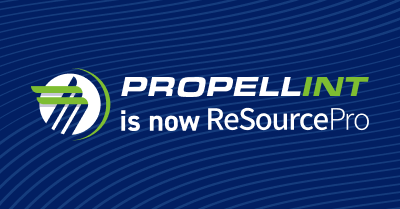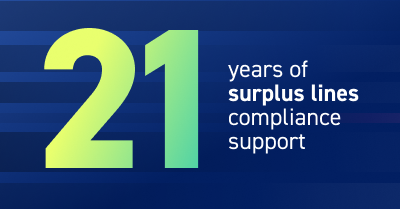What are carrier contingent commissions?
Pop quiz: Which is the best way to generate $25,000 in incremental agency profit: sell more than $350,000 in additional volume, take a hatchet to expenses, or earn $25,000 in contingent commissions?
Carrier contingency contracts offer profit-sharing dollars if your agency achieves predetermined premium volumes, loss ratios, and other objectives. By taking a strategic approach to these contracts, you can boost your commissions significantly.
There’s a catch, however: Making sure that you’re getting all you can out of your contingencies requires a detailed and time-consuming contingency analysis of carrier contracts, shopping or negotiating for the best terms, and setting a strategy to align your sales and renewal efforts with contingency requirements. Here’s a deeper dive into the role of contingency commissions and how to maximize them to improve your agency’s profitability.
How important are contingency commissions, anyway?
Large insurance brokerages and agencies have been receiving contingency payments from carriers since the 1960s, and smaller agencies have benefitted over the past 25 years or so. In fact, many independent agencies have come to depend on contingent income for a significant portion of revenues and—no less significantly—working capital to cover daily operating costs, payroll, and benefits.
On average, 45% of agency profits comes from incentive revenues, and for some smaller agencies, contingent income can represent more than 90% of working capital, according to data from Insurance Journal. At the same time, however, contingent income is unpredictable unless you have a solid understanding of the way in which your carriers calculate their payouts.
Start with the math
The first step in maximizing your contingent earnings is to understand how they’re calculated. Analyzing contracts isn’t necessarily a difficult task, but it is time-consuming. It is important to note that no two carrier contingency commissions are alike. They may focus on specific lines, loss ratios, premium volume, and other criteria—really anything that the carrier feels will strategically boost its profits.
While almost all bonuses are based on a percentage of the profits an agency generates for a carrier, they will vary in how they handle loss reserves, take-downs, IBNRs and other situations. Some may place greater emphasis on high growth rates, others less so. Some include expense loads, others don’t. Be sure you understand every aspect of your carrier contract.
Develop a strategy
While evaluating carrier contracts, keep in mind how closely they align with your agency’s book of business. After all, carriers use these contracts to meet certain goals, such as premium volume, loss ratio, retention, and growth, so these goals should fit well with your agency’s own strategic goals. Once you have evaluated multiple carrier contingency contracts in this way, you can take the next steps by consolidating your carriers to those best aligned to your business and/or match individual carriers to specific lines of business.
Get the revenue you deserve with contingency analysis outsourcing
Ongoing contingency analysis should be a part of every agency’s agenda to maximize revenue and profit. But few have the time and resources to spend on the proactive benchmarking and review it requires.
ReSource Pro’s Carrier Insights offers contingency contract analysis outsourcing so you can understand, track, and manage carrier incentives. Our solution provides easy-to-use dashboards, allowing you to model different scenarios so you’ll know where you stand with all your carrier partners throughout the year.
Visit our Carrier Insights page to learn more



